Osteoarthritis
The most common type of arthritis is osteoarthritis, and typically it only affects older people.
Osteoarthritis has a negative effect on cartilage which is the hard but slippery tissue that covers the ends of bones at the location they meet to form a joint. Bones glide over one another because of healthy cartilage. The ends of bones are covered by smooth cartilage in a healthy joint. Together, they are protected by a joint capsule lined with a synovial membrane that produces synovial fluid. Cartilage, muscles, and connective tissue are protected by the joint capsule and the synovial fluid.
The surface layer of cartilage breaks down and wears away in osteoarthritis. Osteoarthritis also leads to an increase in synovial fluid and growth of spurs out from the edge of the bone. Because of this, bones under the cartilage rub together, causing pain, swelling and decreased joint motion. The result is that the joint feels stiff and sore.
Symptoms
Joint pain and some limitations in joint movement are common in people with osteoarthritis. Osteoarthritis differs from other types of arthritis because only joint function is affected. It usually occurs in the weight-bearing joints of the hips, knees and low back. However, the neck, small finger joints, the base of the thumb and the big toe are also affected. Other joints in osteoarthritis are affected only unless injury or stress has occurred.
Treatment
Taking an active role in the treatment of your osteoarthritis and in preventing additional joint damage is vital. Decreasing your risk of developing osteoarthritis is possible through specific preventive measures. For this reason, if you suspect you have any form of arthritis getting the correct diagnosis and beginning treatment early on is important.
One treatment is viscosupplementation or lubrication injections into the osteoarthritic knee. Viscosupplements are doses of hyaluronic acid injected into the painful knee and synovial fluid.
(article continues below the video)
(continued article text)
Patients with osteoarthritis of the knee have lower levels of hyaluronic acid in their synovial fluid. The additional hyaluronic acid fills the joint area and increases lubrication in the joint improving joint movement and decreasing pain. The injection of hyaluronic acid may stimulate the body to produce more of its hyaluronic acid, which will further cushion the joint and make the effects of the injections last longer. This may slow down the progression of osteoarthritis in the knee.
Tania Faruque MD is the medical director of Palomar Spine & Pain, in Escondido, CA (North San Diego County).
